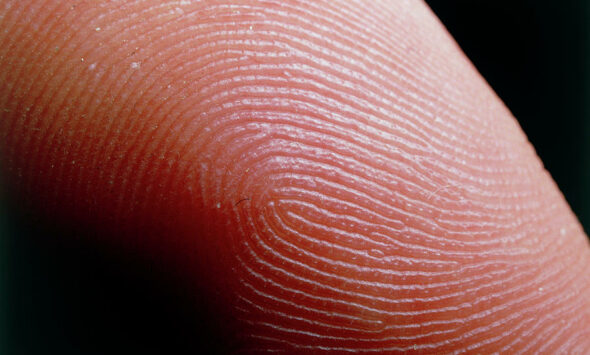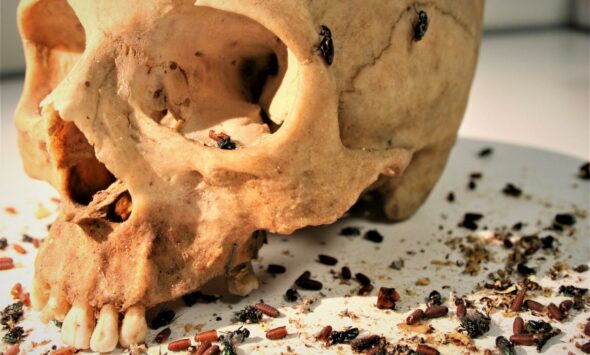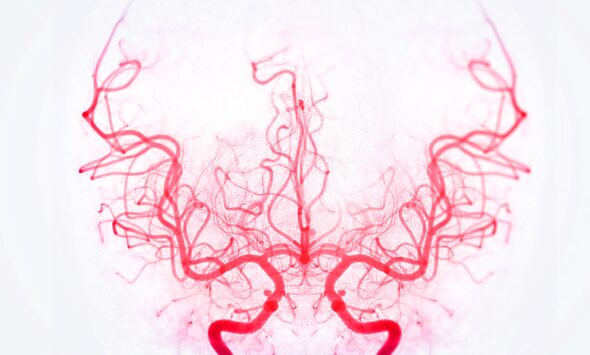A seasoned investigator deeply committed to solving cold cases, Raphael Nedilko describes them as “an equation with three unknowns: a complex case file, a family in total incomprehension, and an institution that remains largely deaf despite obvious goodwill at the individual level.”[1]
This is a perfect summary of an issue that continues to raise questions today. Victims and the justice system too often maintain relations as difficult as the case itself. The former cannot understand the inability to solve the crime or the disappearance and perceive only unjustifiable shortcomings. Overwhelmed by massive and urgent litigation, the latter recognizes its inability to devote time to old cases—serious, yes, but moribund in its eyes. It will invoke a lack of resources and an initial, fruitless investigation that would be pointless to reopen.
But what of the investigation that gave rise to the scandal? Is it not itself at fault, plunging families into despair and indignation? And does reopening or relaunching a case require a different treatment from an investigation that, by definition, concerns past events?
The initial criminal investigation: rigor is essential
It is often repeated in police academies and at the National School for the Judiciary (ENM): everything depends on the quality of the initial investigation. Truth lies in the rigor of crime scene observations and evidence collection procedures. These tasks are numerous and sometimes delicate, depending on the configuration of the crime scene. Three scenarios arise, from the simplest to the most complex:
• The crime scene is located in an enclosed space—house, apartment, or their outbuildings. The homicide has clearly taken place there and the victim’s body is present. The perimeter is easy to secure, greatly facilitating the investigators’ work. However, a risk remains: third parties (relatives, neighbors, emergency services, etc.) may have entered the premises before the investigators’ arrival, potentially contaminating the crime scene.
• The crime scene is in a public place. The victim has been killed in the street or in a vehicle (settling of scores). The perimeter is more uncertain and less easily secured, inevitably complicating the search for traces and evidence. The presence of bystanders may also interfere with the investigation. In addition, the event may generate public disorder, particularly if it occurs in a neighborhood prone to urban violence.
• The crime scene is uncertain or ill-defined. This is the most delicate situation for investigators. The body is discovered in a natural environment—forest, woods, dirt path, or aquatic setting such as a river, pond, or the sea. Defining the crime scene may be complex, if not impossible (e.g., an immersed body). Moreover, the presence of the body does not necessarily mean the murder took place where it was found. It is likely that the crime occurred elsewhere and that the perpetrators sought to dispose of the victim. This configuration makes the investigation particularly challenging, especially if the death occurred long ago.
The layout of the crime scene thus directly affects the conduct of the investigation. In any case, the investigative service must display the utmost rigor. It is well known that initial observations are decisive: any omission, oversight, or negligence will weigh heavily on the case. Establishing the truth may be compromised, with errors often proving irreversible.
The uncertainty surrounding the cause of death can also arise. It may be natural, accidental, criminal, or suicidal. Determining the cause ab initio is not always simple. An erroneous initial assessment can gravely distort the reasoning of both investigators and prosecutors. Mistaking a homicide for a suicide—or the reverse—can cause irreparable deficiencies or, conversely, unnecessary and time-consuming actions, whereas prompt investigations are crucial for preserving evidence.
“Solving a murder is a priority task that requires perfect coordination between investigators and magistrates.”
Jacques DALLEST
Careful observation of the location where the body is discovered, thorough and rigorous documentation, preservation of traces and evidence, meticulous collection, and methodical conservation—these are the fundamental recommendations that first responders must respect.
Unfortunately, insufficient staffing, inadequate training, poor equipment, culpable negligence, serious mistakes, and dangerous certainties all hinder the investigation. An incomplete neighborhood canvass, overly hasty interviews, unexecuted searches, and missing verifications likewise contribute to failures that seriously undermine the inquiry.
Magistrates must fully exercise their prerogatives in directing the investigation. The prosecutor involved at the outset and the investigating judge subsequently assigned to the case both play a fundamental role. The absence of precise directives for investigators, or a lack of diligence in case supervision, cannot be justified by an excessive workload. Admittedly, the criminal magistrate is above all a generalist, overwhelmed by urgent cases and daily pressures. However, criminal cases—particularly crimes involving loss of life—demand complete commitment and particular attention to the investigations conducted by the assigned service. Solving a murder is a priority task that requires perfect coordination between investigators and magistrates.
This necessary professional rigor must also account for the expectations of the victim’s relatives, devastated by a terrible tragedy and in deep distress. Distraught, they turn to justice, hoping for attention that is too often insufficient, if not absent. Even when acting as civil parties, they unanimously complain of being kept in the dark regarding the progress of the investigation—and worse, of not being received or heard by the investigating judge. Let us recall that Article 90-1 of the Code of Criminal Procedure obliges the judge to inform the civil party every six months on the progress of the investigation. The same text also allows relatives to be heard by the judge every four months upon their express request.
Sadly, these provisions are often forgotten. Civil party lawyers must insist on their strict application and act proactively in this regard. Too few actually use the rights granted to them by law, instead waiting passively for the investigating judge to summon them. This is most regrettable.
Is the judicial treatment fundamentally different when the crime remains unsolved? What means do investigators and the judiciary have at their disposal to pursue such cases—old, yes, but still profoundly painful for the relatives?
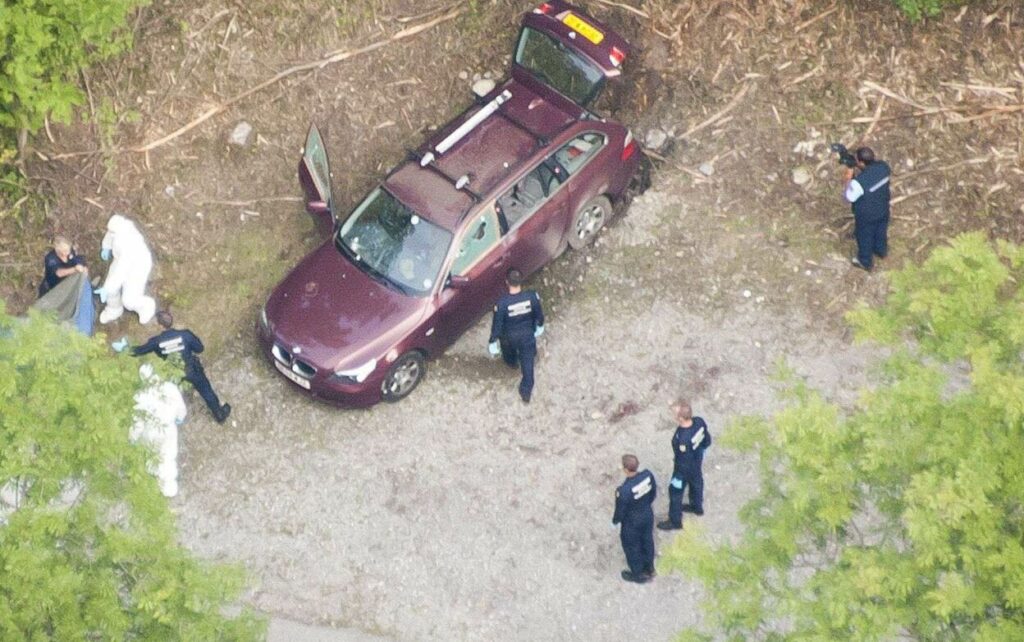

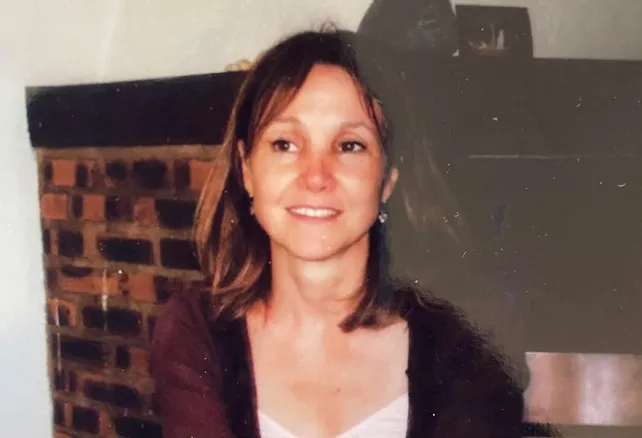
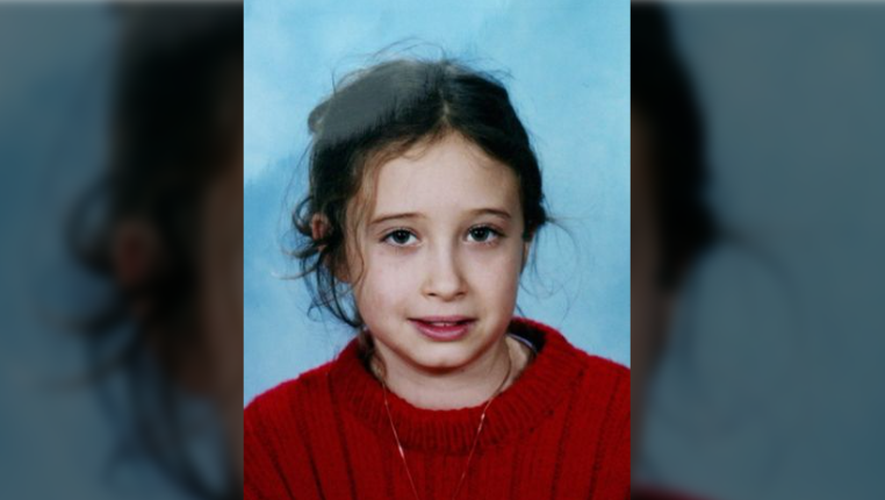
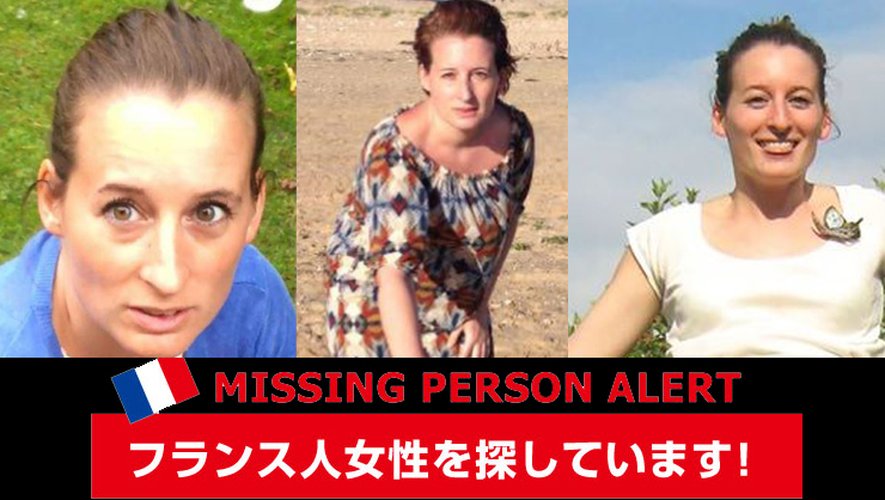
Cold case investigations: determination and empathy required
Reopening an old criminal investigation is a delicate task, all the more so when the facts remain unsolved. Past missteps weigh heavily on those tasked with solving the mystery. Forgotten witnesses, overlooked searches, neglected seizures, technical inquiries left aside, ill-suited strategies, and lack of commitment all lead to a dead end—an impasse from which it is difficult to escape. How many mishandled cases have resulted in perpetrators going unpunished? And how many murderers or rapists were able to reoffend simply because they were never identified?
The creation of the Specialized Unit for Serial and Unsolved Crimes (PCSNE), established within the Nanterre Judicial Court on 1 March 2022, has reshuffled the deck. Now, with the new criminal provisions introduced by the Law of 22 December 2021 (Title XXV bis, as incorporated into the Code of Criminal Procedure), the judicial handling of cold cases has gained a momentum that many hope will prove decisive.
The Nanterre Unit now has jurisdiction over violent and sexual crimes (murder, rape), as well as abductions and unlawful confinements committed—or likely committed—repeatedly, at different times, by the same individual against different victims, and more generally, over crimes whose perpetrator has not been identified more than eighteen months after their commission (Article 706-106-1).
Serial crimes and unsolved crimes are thus to be referred to Nanterre, regardless of where they were committed within French territory.
This represents a major step forward—long demanded by victims’ families—which helps restore their hope in justice. Composed of motivated, specialized prosecutors and investigating judges, the Nanterre Unit devotes all its energy to the exclusive handling of cold cases, thereby opening up new prospects for resolution. It is well known that, overwhelmed by urgent criminal matters and mass litigation, generalist magistrates can devote only limited time to old cases, however serious they may be. The first years of the Unit’s operation, and several notable successes, have demonstrated the value of a justice system focused on this highly specific area.
“At the same time, Prosecutors General and Public Prosecutors will have to establish a genuine criminal memory enabling them to know and monitor unsolved cases within their jurisdiction.”
Jacques DALLEST
A genuine “cold case culture,” born of the new law, must now permeate the judiciary. It is already clear that the Nanterre Unit will not have the material capacity to centralize all unsolved crimes in France, some of which date back more than forty years. It is therefore imperative that all Public Prosecutors and investigating judges handling criminal cases fully embrace this new and virtuous dynamic.
Taking genuine interest in these cases, developing tailored investigative methodologies, making use of modern investigative tools (such as artificial intelligence), mastering and applying new scientific disciplines (forensic sciences), reaching out to civil parties and listening to them, learning how to question suspects (behavioral analysis can assist here), forging links with foreign partners where necessary, and working with the media when appropriate—these are all avenues of effort that must guide magistrates in charge of cold cases.

At the same time, Prosecutors General and Public Prosecutors will have to establish a genuine criminal memory, enabling them to know and monitor unsolved cases within their jurisdiction. This memory is largely absent in prosecutors’ offices. Upon taking office, a prosecutor will not find on his or her computer a list of unsolved criminal cases, whether ongoing or closed.
Five tables should be regularly updated in the 91 prosecutors’ offices with a criminal division (out of 164 jurisdictions): murders against persons unknown, rapes against persons unknown, abductions and unlawful confinements against persons unknown, discoveries of unidentified bodies (including those buried under the designation “X”), and missing persons cases of concern. These tables would be communicated to the Prosecutor General (36 in France), who would periodically organize evaluation and monitoring meetings with the relevant prosecutors. A pooling of such data and exchanges could also be organized at the interregional level (several courts of appeal), so that each office has a panoramic view of crimes and disappearances recorded across this wider territory. Who can seriously believe that a criminal limits his actions to a single jurisdiction?
A criminal memory is indispensable to better identify violent and sexual crime, to address it with greater determination, to respond usefully to the expectations of relatives and their lawyers, and to be able to face media inquiries.
“One does not question a suspected murderer, possibly serial, in the same way as one questions a drug trafficker or a burglar.”
Jacques DALLEST
Seriously investigating a cold case also requires following these recommendations:
• Never destroy the case evidence, even if the case has been closed. A recent provision, effective 30 September 2024, prohibits any destruction within ten years after the expiry of the statute of limitations, i.e. thirty years after the case has been closed. Criminal evidence must be stored in a dedicated space, preserved in good condition, and carefully tracked. Losing a piece of evidence through negligence is unacceptable, as it may eliminate any chance of success.
• Give special attention to the victim’s relatives, the civil parties: receive them regularly, listen to them, carry out the acts they request, explain the progress and prospects of the case, and treat them simply with dignity. As Raphael Nedilko rightly says, it is a matter of honesty, honor, and humanity.
• Know how to conduct (or re-conduct) witness interviews, which can prove decisive. A sound methodology for collecting testimony is essential. The same applies to suspect interviews: one does not question a suspected murderer, possibly serial, in the same way as a drug trafficker or a burglar.
• Re-examine the work already carried out, not to criticize it as a matter of principle, but to identify shortcomings or omissions.
• Draw connections with similar cases or those showing converging elements. The notion of a “criminal signature” must be set aside: many serial criminals in France act without a consistent modus operandi. The fact that victims differ in age or gender, or that the weapon used to kill them is not the same, does not exclude the possibility of a single perpetrator. Beware of the limits of American-style profiling, which can lead to serious errors.
• Remain constantly informed about scientific advances, which are in perpetual evolution. DNA analysis today is far removed from what it was at its discovery, and the exploitation and evidentiary value of genetic traces will advance considerably in the decades to come.
• Do not rely solely on scientific evidence, which may be lacking. Traditional investigation, with its human dimension, remains indispensable. Commissaire Maigret has not ceded his place to the hard sciences researcher.
• Train in new investigative techniques—digital, computer, telephonic, ballistic, etc.
• Beware of certainties, biases, and preconceived ideas, which lead to tunnel vision from which there is no escape. Excessive self-confidence generates errors that are often irreparable.
• Work not only for the establishment of truth but also for posterity. Other investigators may one day take over. One must ensure not to leave them unable to move forward. Humility is a virtue here, more necessary than ever.
• Never give up, for scientific progress may one day allow the case to be solved. Determination is as necessary as teamwork.
The judicial handling of cold cases is long, uncertain, and demanding. Hope keeps families alive. It must also guide the actors in the case. The investigating judge in charge and the investigators must speak to one another, exchange views, and set objectives. The lawyer for the civil parties—their guide through the judicial maze—cannot be sidelined as if he were an unwelcome figure. He has his rightful place in the proceedings, and his active contribution is required. More than anywhere else, collective intelligence is called upon here. qu’ailleurs, l’intelligence collective est convoquée.
“Man, no one has plumbed the depths of your abysses,” wrote Baudelaire. To attempt it—what greater endeavor could there be?
[1]See his article “Cold Cases: Let Us Give Hope a Chance,” in issue no. 52 of Cahiers de la Sécurité et de la Justice (2021), “Les crimes complexes, cold cases, meurtres sériels, disparitions non élucidées.” See also his excellent book L’obstiné (Studiofact Editions, 2023).
Tous droits réservés - © 2025 Forenseek












